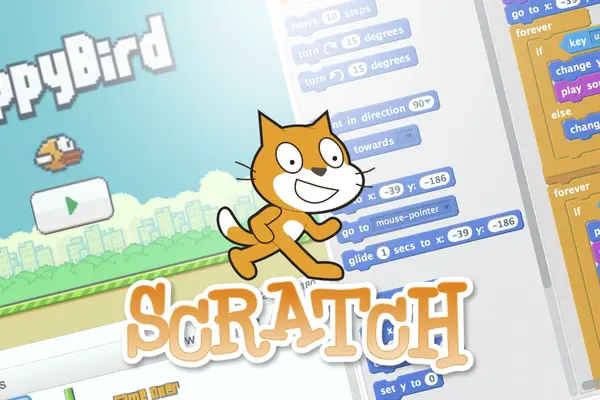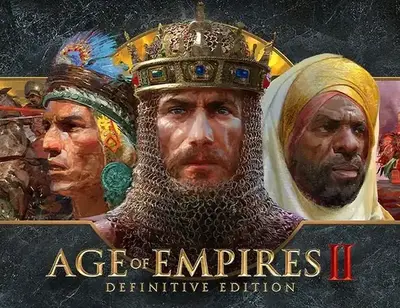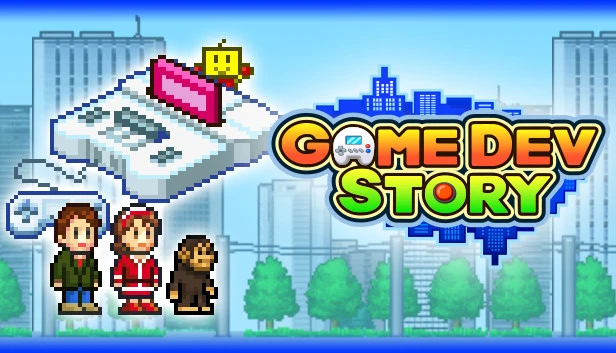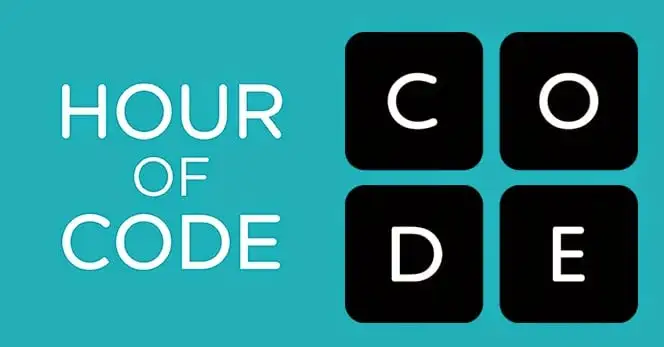Hey there, fellow parents and educators! Are you looking for fun and engaging ways to teach coding to your kids? Well, you’re in luck because today, we’re diving into the world of gaming to explore how popular games like Minecraft can be powerful tools for teaching coding concepts. As an experienced coding trainer specializing in robotics and coding education, I’m excited to share with you some fantastic resources and insights on how to leverage the allure of gaming to ignite your child’s passion for coding.
Why Learn Coding Through Games?
You might be wondering, why use games to teach coding? Well, it’s simple – kids love games! By integrating coding lessons into popular games, we can make learning fun and exciting for children of all ages. Plus, games provide a hands-on, interactive way for kids to apply coding principles in a familiar and engaging environment. So, let’s explore some of the best games for teaching coding and see how they can spark your child’s interest in programming.

Minecraft
Minecraft, the wildly popular sandbox game, isn’t just about building and exploring virtual worlds – it’s also a fantastic platform for learning coding skills. With mods like ComputerCraft and Redstone, kids can dive into the world of programming by creating their own mini-games, automated farms, and intricate contraptions.
I’ve seen firsthand how kids light up with excitement when they realize they can use code to control the world of Minecraft, from building simple structures to designing complex mechanisms. It’s a game-changer for teaching coding in a creative and intuitive way.

Roblox
Roblox is another gaming platform that offers endless possibilities for teaching coding. With its user-friendly game creation tools, kids can design their own games and experiences using Lua, a scripting language similar to Python.
From designing obstacle courses to programming interactive NPCs, Roblox empowers kids to unleash their creativity and learn coding through hands-on experimentation. I’ve had students who started with Roblox as players and ended up as proficient scripters, thanks to the platform’s intuitive coding interface and vibrant community.

Scratch
For younger kids or beginners, Scratch is a fantastic introduction to coding through gaming. Developed by MIT, Scratch is a visual programming language that allows kids to create interactive stories, animations, and games by snapping together colorful code blocks.
I’ve used Scratch in my coding classes, and it never fails to engage kids with its drag-and-drop interface and endless creative possibilities. Whether they’re remixing existing projects or building their own games from scratch (pun intended), Scratch makes coding accessible and enjoyable for kids of all skill levels.

Kodable
If you’re looking for a game specifically designed to teach coding concepts, look no further than Kodable. Geared towards young learners, Kodable introduces coding concepts like algorithms, loops, and conditionals through fun and interactive gameplay. With its cute characters and colorful puzzles, Kodable guides kids on a coding journey filled with adventure and discovery.

CodeCombat
Imagine a world where learning to code feels like embarking on an epic adventure. That’s precisely what CodeCombat offers—a thrilling journey through coding realms filled with challenges, puzzles, and quests.
Kids can control a character by writing real code in languages like Python and JavaScript to navigate through levels, defeat enemies, and solve puzzles. As your child navigates through dungeons and battles foes, they’ll master coding concepts like variables, loops, and functions without even realizing it.

Code Wars
For kids who thrive on competition and problem-solving, Code Wars is the perfect platform. This community-driven coding challenge site offers a plethora of programming puzzles and tasks to solve.
Kids can choose from a wide range of programming languages and tackle coding katas – small coding exercises designed to improve problem-solving abilities and algorithmic thinking. Whether it’s mastering algorithms, data structures, or complex logic, Code Wars provides a space for kids to hone their coding skills while engaging with a supportive community of fellow learners.

CodinGame
CodinGame takes the concept of gamified learning to a whole new level by seamlessly integrating coding challenges into engaging gameplay. From building AI bots to solving optimization puzzles, CodinGame offers a diverse range of challenges that appeal to kids of all skill levels.
Kids can choose from a variety of programming languages, including Python, Java, and C++, and participate in coding contests, multiplayer games, and AI programming challenges. As they progress through the game, players are rewarded with achievements and rankings, motivating them to continue honing their coding skills.

Kerbal Space Program
While not strictly a coding game, Kerbal Space Program provides a rich sandbox environment where kids can apply coding principles to real-world scenarios. From designing rockets to planning interplanetary missions, Kerbal Space Program offers a hands-on approach to learning STEM concepts.
By experimenting with physics, engineering, and orbital mechanics, kids develop a deeper understanding of scientific principles while honing their problem-solving skills.

RimWorld
RimWorld is a simulation game that challenges players to build and manage colonies on distant planets. While it may not seem like an obvious choice for learning to code, RimWorld offers ample opportunities for kids to flex their problem-solving muscles.
From designing efficient layouts to managing resources and dealing with unexpected events, players must think critically and adapt to ever-changing circumstances.

Age of Empires II
Age of Empires II is a classic real-time strategy game that challenges players to build civilizations, wage wars, and conquer empires throughout history. While ostensibly focused on strategy and resource management, Age of Empires II also offers opportunities for kids to apply coding principles in a gaming context.
From optimizing resource gathering to devising military tactics and diplomacy, players must think strategically and adapt to changing situations—a valuable skill set that transcends the virtual battlefield.

Game Dev Story
Game Dev Story puts players in the shoes of a game developer, tasking them with creating and managing their own game development studio. While ostensibly a simulation game, Game Dev Story offers valuable lessons in creativity, entrepreneurship, and project management.
By guiding players through the process of game development—from brainstorming ideas to marketing and release—Game Dev Story provides a hands-on experience of the game industry that can inspire kids to pursue careers in coding and game design.

Hour of Code
Lastly, I want to highlight the Hour of Code, an initiative that offers a wide range of coding activities and games for kids of all ages. From coding puzzles to interactive tutorials, the Hour of Code provides a wealth of resources to inspire and empower kids to explore the world of coding. It’s a testament to the universal appeal of coding and its potential to unlock opportunities for children worldwide.
In conclusion, teaching coding through gaming is a game-changer for kids’ education. By harnessing the power of popular games and a variety of other engaging titles, we can make coding accessible, engaging, and fun for children of all ages. So, whether your child dreams of building virtual worlds, designing their own games, or exploring the endless possibilities of coding, gaming provides a gateway to a future filled with creativity, innovation, and endless opportunities. Let’s level up together and inspire the next generation of coders through the magic of gaming!
What fabulous ideas you have concerning this subject!
Minecraft is always the best one for me. I wanna find some friends to play together with me.
Hello there, There’s no doubt that your blog could possibly be having browser
compatibility issues. Whenever I look at your web site in Safari, it
looks fine however when opening in IE, it’s got some overlapping issues.
I merely wanted to provide you with a quick heads up!
Aside from that, excellent website!